Optimal Skylight Cleaning Schedule
Skylight cleaning is an essential maintenance task that ensures maximum light transmission and preserves the integrity of skylights. The optimal timing for cleaning depends on various factors including weather conditions, seasonal changes, and local environmental elements. Regular cleaning prevents the buildup of dirt, debris, and organic matter that can obstruct sunlight and cause long-term damage.
Spring and fall are the most suitable seasons for skylight cleaning, as weather conditions are generally stable and dry, reducing the risk of water intrusion during cleaning.
Cleaning after storms or heavy winds is advisable to remove accumulated debris, leaves, and dirt that can obstruct light and cause damage.
Typically, skylights should be cleaned twice a year, but more frequent cleaning may be necessary in areas with high pollution or frequent storms.
Avoid cleaning during rain, snow, or extreme heat to ensure safety and effectiveness. Optimal conditions include mild, dry days with low wind.
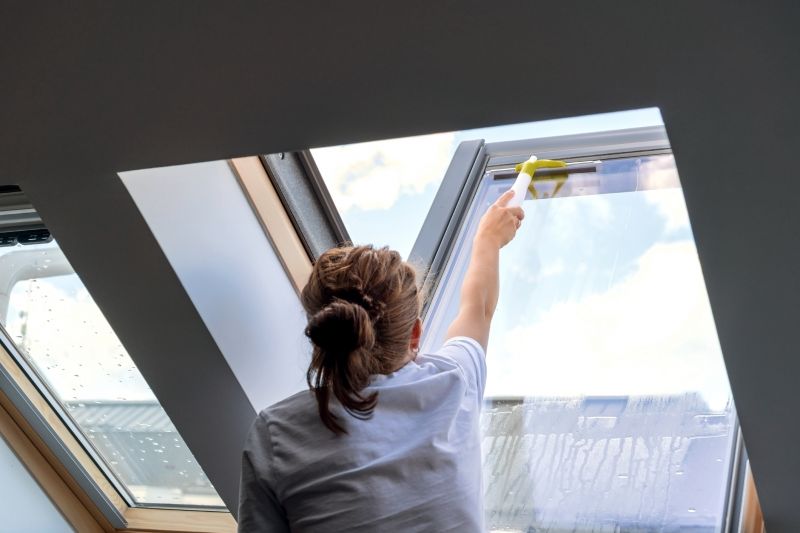
Proper tools and safety gear are essential for effective cleaning.
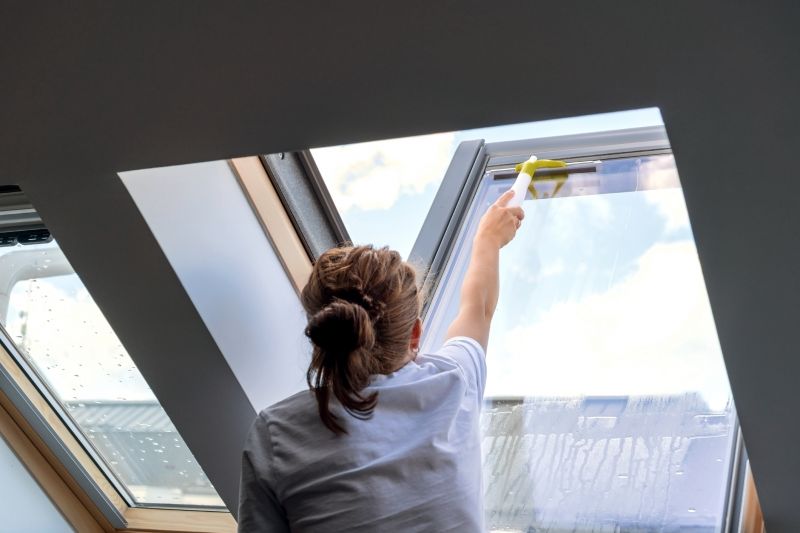
Visual evidence of the impact of regular skylight maintenance.

Professional techniques ensure thorough removal of dirt and grime.
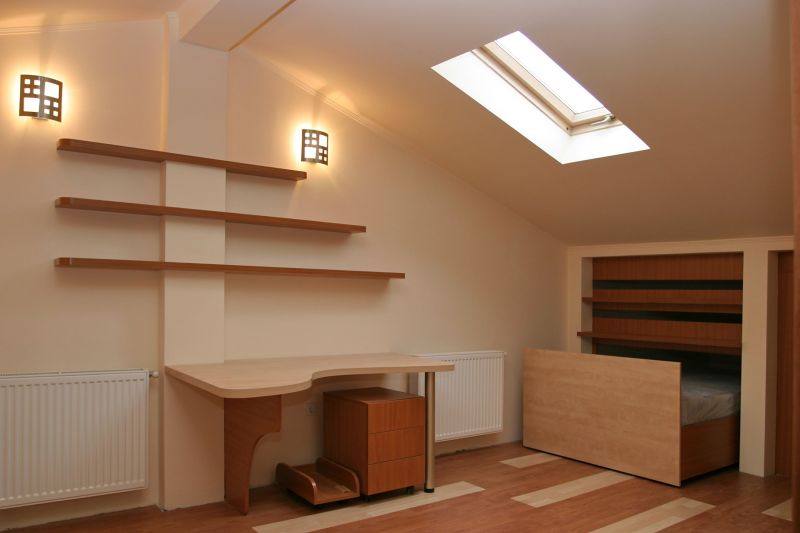
Ways to make Skylight Cleanings work in tight or awkward layouts.

Popular materials for Skylight Cleanings and why they hold up over time.
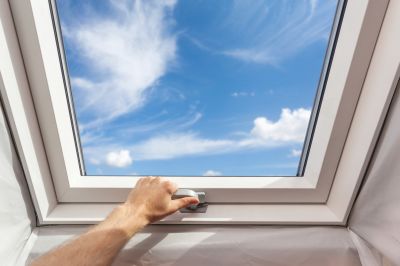
Simple add-ons that improve Skylight Cleanings without blowing the budget.
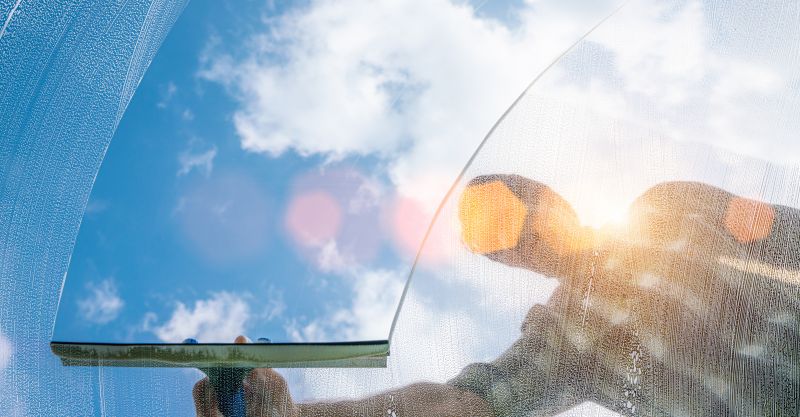
High-end options that actually feel worth it for Skylight Cleanings.

Finishes and colors that play nicely with Skylight Cleanings.
| Season | Recommended Cleaning Frequency |
|---|---|
| Spring | Biannual or quarterly in high pollution areas |
| Summer | As needed, especially after storms |
| Fall | Biannual or quarterly in high pollution areas |
| Winter | Only if accessible and necessary |
Skylight cleanings contribute significantly to maintaining natural light levels and energy efficiency within a building. Properly maintained skylights can improve daylighting by up to 30%, reducing reliance on artificial lighting. Regular inspections and cleaning help identify potential issues early, such as leaks or cracks, preventing costly repairs and ensuring the longevity of the skylights.
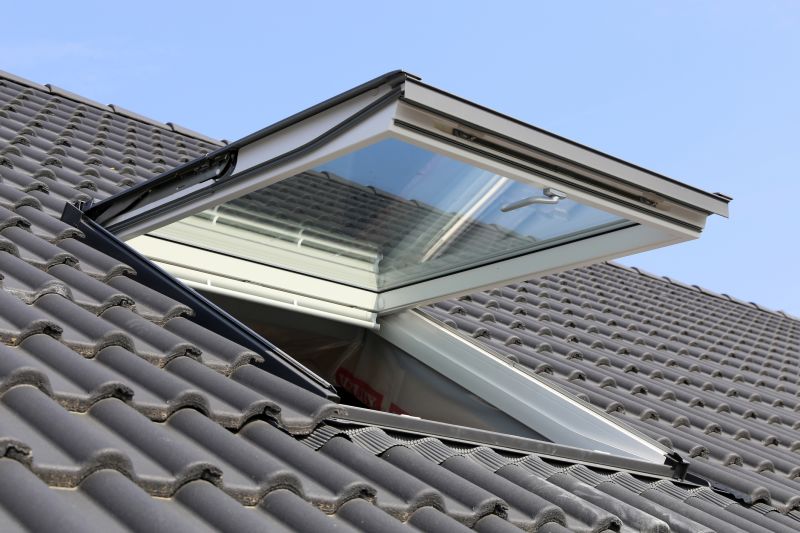
Clear and unobstructed light transmission.
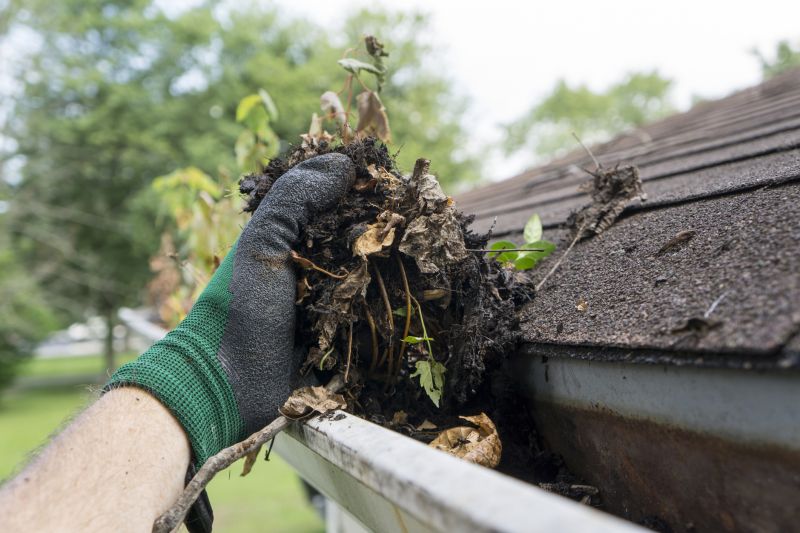
Removing leaves and dirt from skylights.
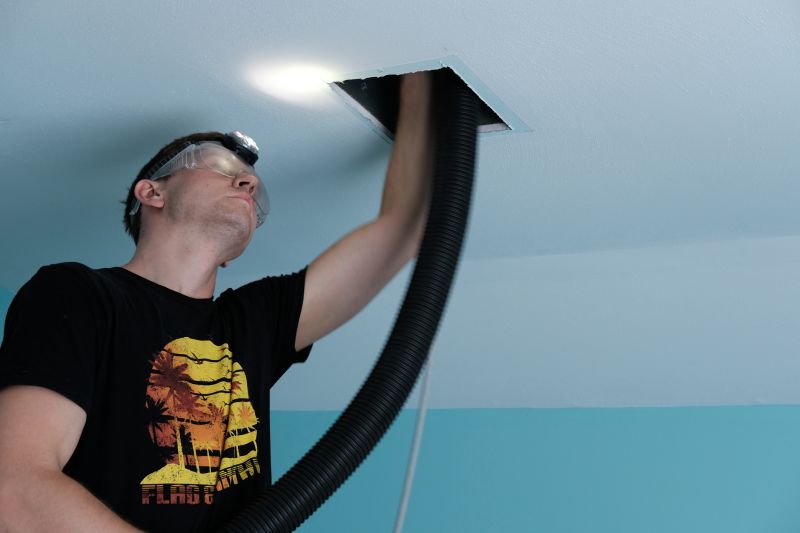
Proper gear ensures safe access during cleaning.

Specialized tools for thorough maintenance.

Little measurements that prevent headaches on Skylight Cleanings day.
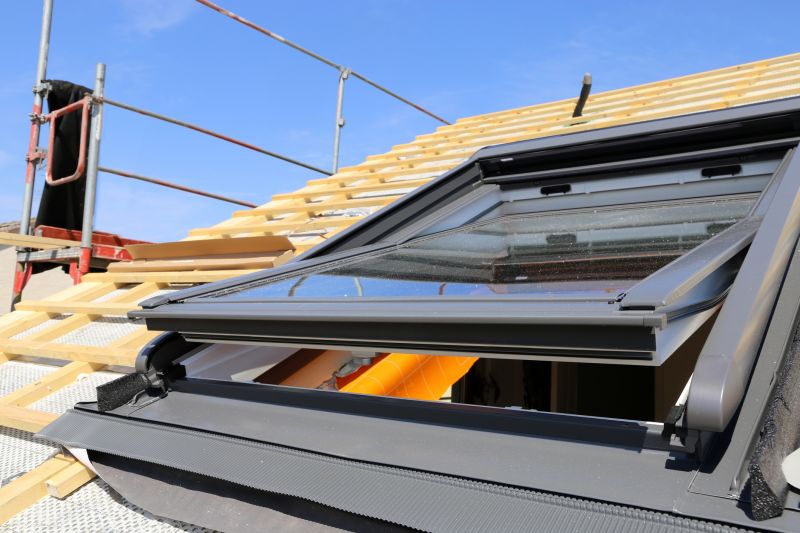
A 60-second routine that keeps Skylight Cleanings looking new.

A frequent mistake in Skylight Cleanings and how to dodge it.
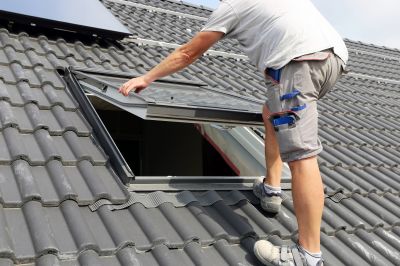
Small tweaks to make Skylight Cleanings safer and easier to use.
Interested in scheduling skylight cleanings? Filling out the contact form is the first step toward maintaining optimal light quality and protecting the investment in skylight systems. Regular cleaning schedules can help preserve the clarity and functionality of skylights over time.



